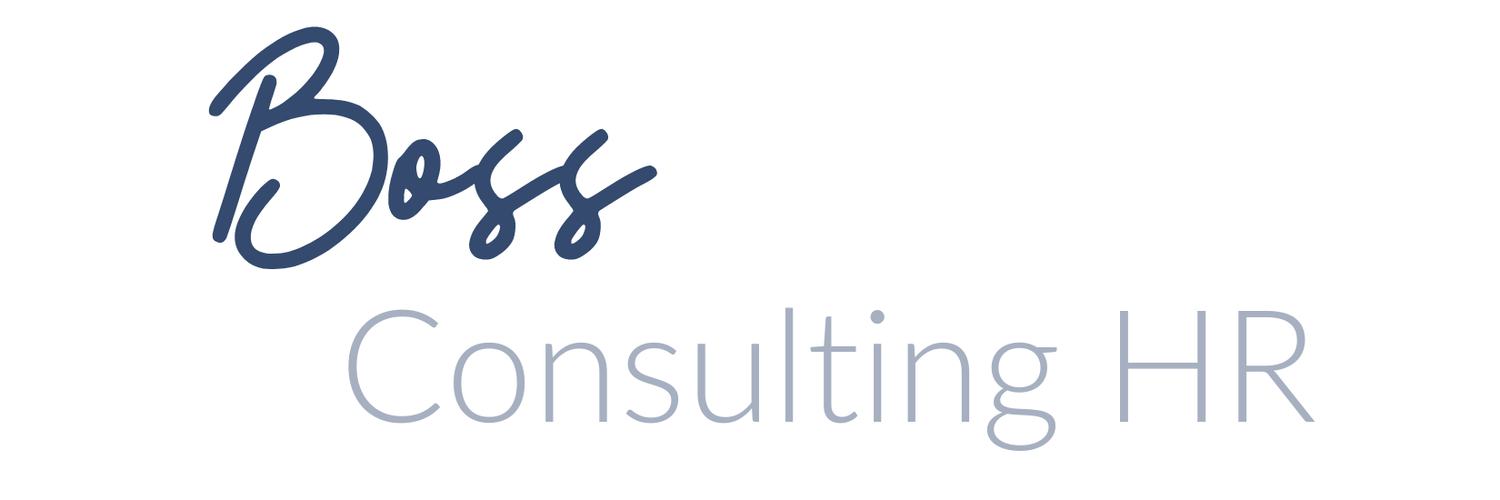What We're Watching | Staying Off of OSHA's Naughty List
What We're Watching, a weekly summary from the team at Boss Consulting HR, to highlight the ever-moving parts that is Human Resources.
Federal Updates
OSHA's Severe Violator Enforcement Program – New Changes & How to Stay Off Their List
Late last month, the Occupational Safety and Health Administration (OSHA) expanded its Severe Violator Enforcement Program (SVEP) to include more workplaces and broader standards.
This list is made public and any workplace on the list remains so for a minimum of three years. This can tarnish your business's reputation and increase financial and time liabilities.
The SVEP program is not new, but a lot has changed with this latest development. It’s important you’re aware of the changes to decrease your own chances of being placed on the list.
What’s changed?
You can now find yourself on the list for “receiving at least two … high gravity serious violations.” This is significantly broader than the previous criteria.
If you have multiple workplace locations, follow-up inspections can extend to any location. And not just to the location that received the violation.
You can now be removed from the list early. Instead of three years, it can be decreased to two years if you agree to “enhanced abatement measures.”
Fisher Phillips has a great guide on what you should do in the event of an OSHA inspection. They also talk in more detail on the SVEP criteria change and how they may apply to you. We strongly encourage you to give it a read.
With these changes, having a safety and health compliance plan in place for your own workplace is more important than ever. If you need some guidance on putting your own program in place, we can help. Don’t hesitate to reach out!
New Employer-Led Apprenticeships Ruling Sparks Debate. Which side are you on?
In a new ruling, the Department of Labor (DOL) has rescinded employer-led apprenticeships. This model – known as IRAPs – allowed employers to “create and oversee their own apprenticeship programs.” Instead, the DOL “regulated system of registered apprenticeships” will once again be the standard.
The response to this ruling is incredibly divided. Some see IRAPs as a “wasteful program” that undermines wage protections and are happy to see it gone. Others are slamming the new rule insisting that this federal oversite fails workers.
To read more about this decision and how it may affect any programs you currently have in place, click here.
Connecticut Updates
New Changes to the Fair Employment Act are Here. And They’ve Already Taken Effect.
Multiple changes have been made to the Connecticut Fair Employment Practices Act that directly affect you and your workplace. These changes took effect on October 1st.
Three Main Changes to Know Now:
Domestic violence victims are now a protected class.
Confidentiality of an employee’s status as a victim of domestic violence is required under the law.
The amendment allows you to request documentation to show a need for leave for this accommodation. But it does prohibit you from denying employee leave unless it will cause you “undue hardship” as the employer.
Domestic violence-related employee training is now required by all state agencies. Private employers are not subject to this requirement.
This is a big one – CFEPA’s coverage now extends to employers with one or more employees. This means that even individuals with one employee (such as a household employee) are now considered employers under Connecticut law and need to be vigilant in complying with CFEPA requirements.
Like the definition of employer, the definition of employee has also changed to include elected or appointed officials.
The officials are subject to training requirements. And likewise, may receive reasonable accommodations previously extended only to employees.
In light of these new changes, we urge you to review your own policies and make adjustments where necessary. To read more, click here.



